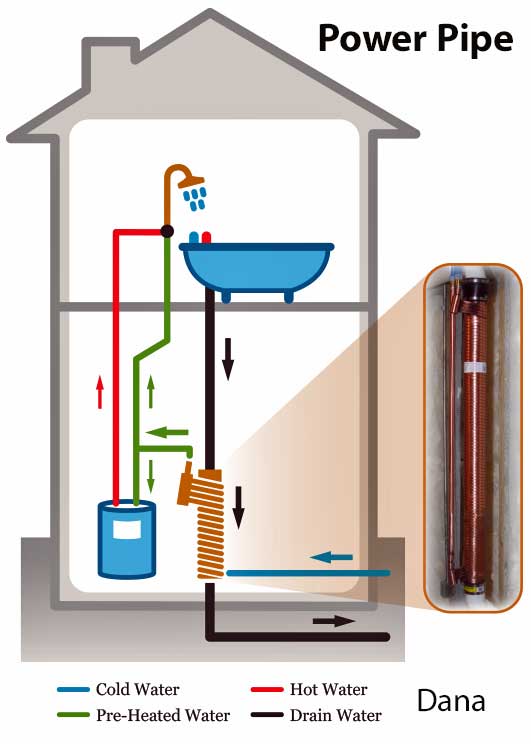New construction. All electric. No gas. No propane. 400 Amp service to the house.
Wide ranch with the master bath on one end of the house, 2 additional beds/baths on the other end of the house, upstairs over the garage.
Primary water heater is in the basement, very close to the master bath, where the utility room/well-inlet are located.
The run to the upper bathrooms is on the order of 75-100' so we're looking at gallons of water in that supply line that need to be flushed in order to get hot water in the shower.
Kids are 16 & 22, so eventually these baths will see less usage as the older one moves out and the younger one is off to college.
We do need to be able to run both showers at the same time.
What is the most sensible option?
1) Recirculation pump?
2) Tank-heater upstairs? I have room for a lowboy water heater upstairs (and Lowes has a 38 gal Whirlpool-branded 6 yr unit on clearance right now)
3) Tankless electric upstairs?
4) Tell the kids to suck it up and wait for the water to run.
Thanks!
Dave
Wide ranch with the master bath on one end of the house, 2 additional beds/baths on the other end of the house, upstairs over the garage.
Primary water heater is in the basement, very close to the master bath, where the utility room/well-inlet are located.
The run to the upper bathrooms is on the order of 75-100' so we're looking at gallons of water in that supply line that need to be flushed in order to get hot water in the shower.
Kids are 16 & 22, so eventually these baths will see less usage as the older one moves out and the younger one is off to college.
We do need to be able to run both showers at the same time.
What is the most sensible option?
1) Recirculation pump?
2) Tank-heater upstairs? I have room for a lowboy water heater upstairs (and Lowes has a 38 gal Whirlpool-branded 6 yr unit on clearance right now)
3) Tankless electric upstairs?
4) Tell the kids to suck it up and wait for the water to run.
Thanks!
Dave


